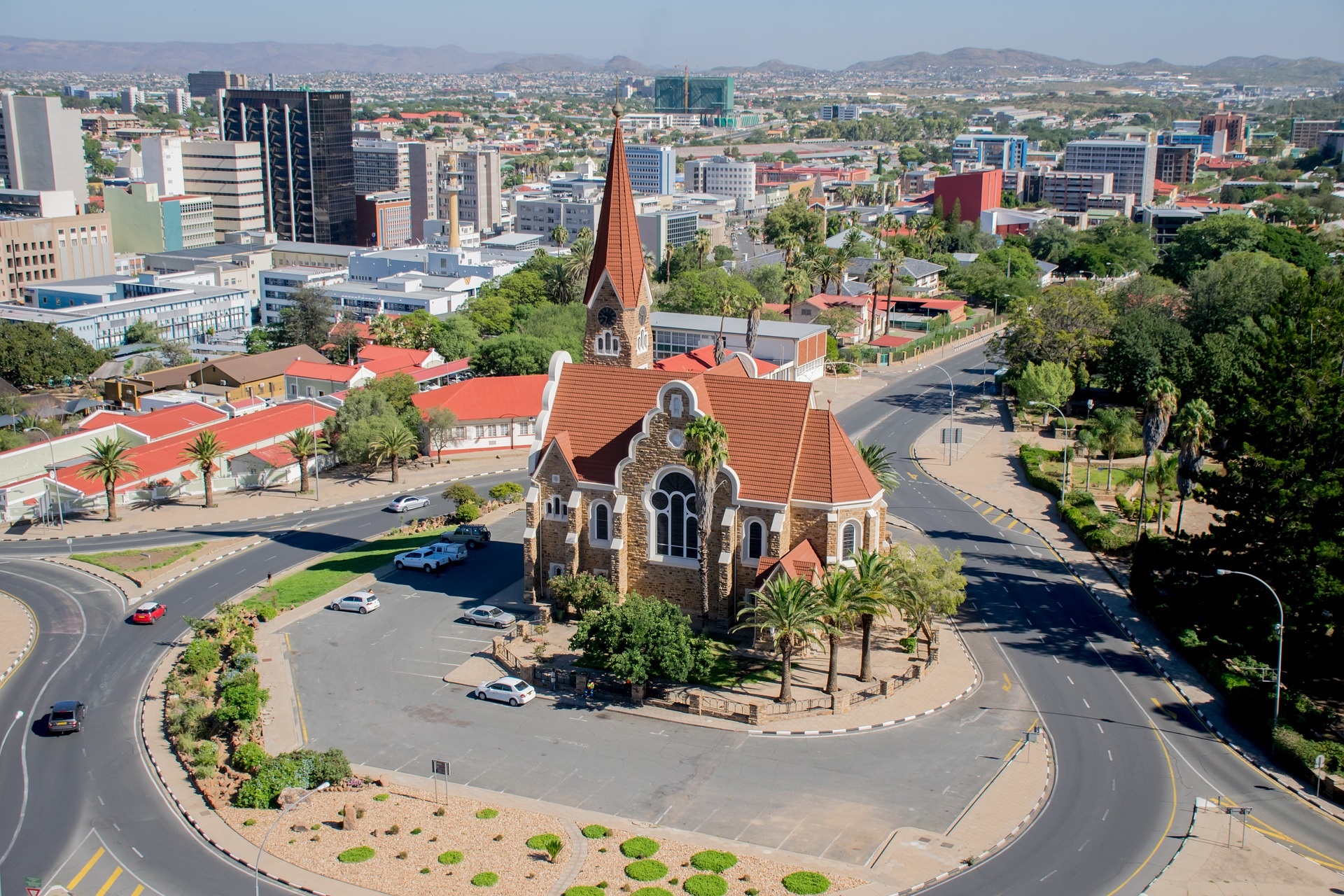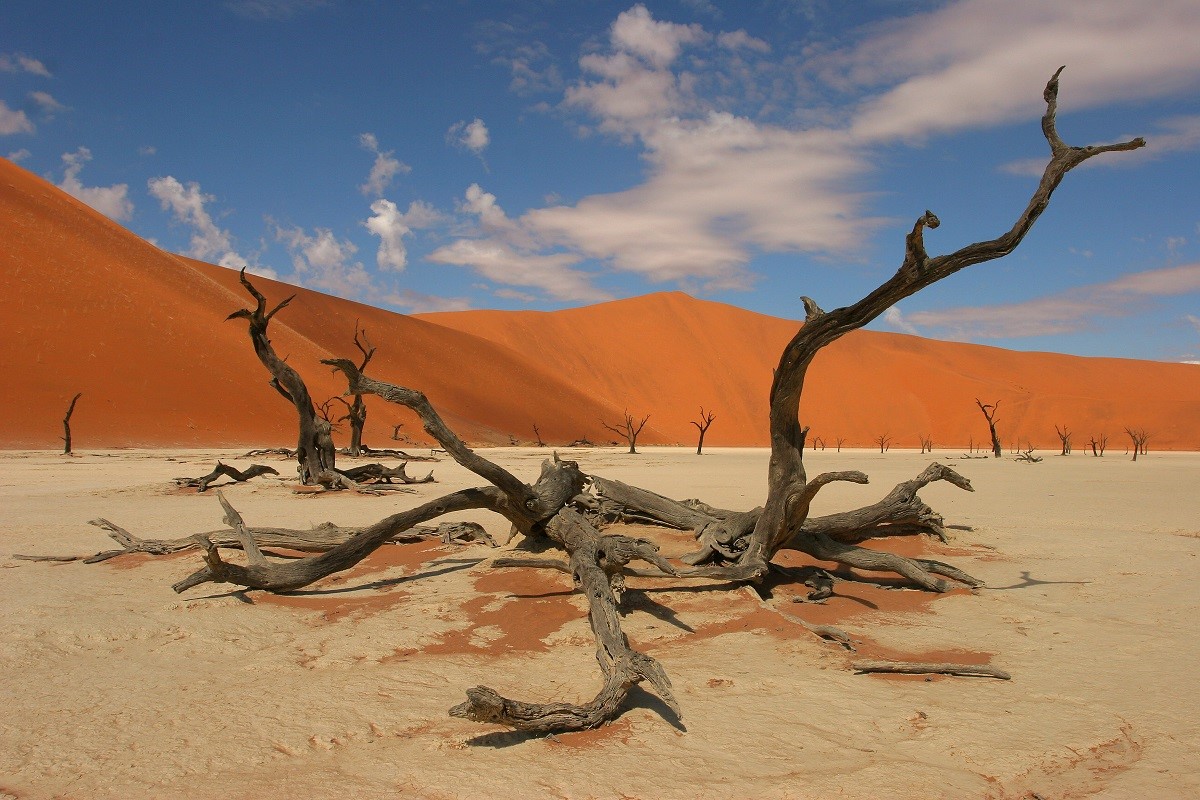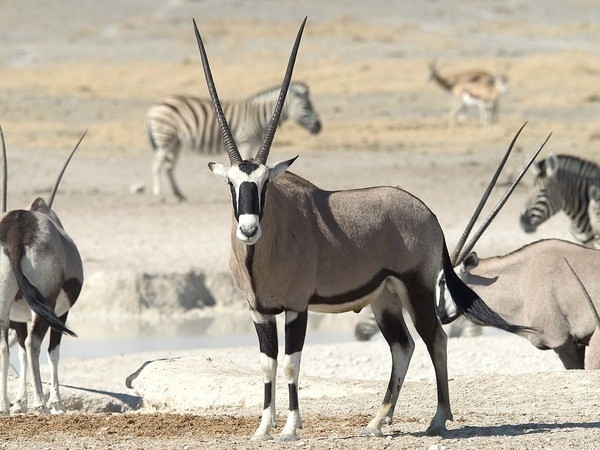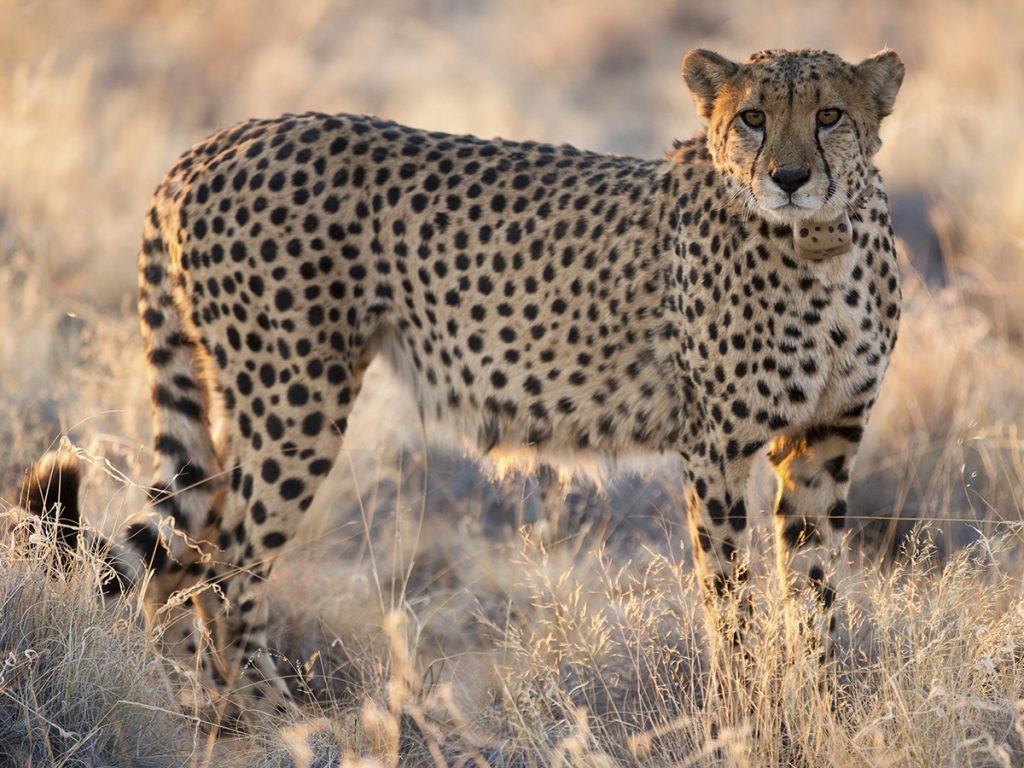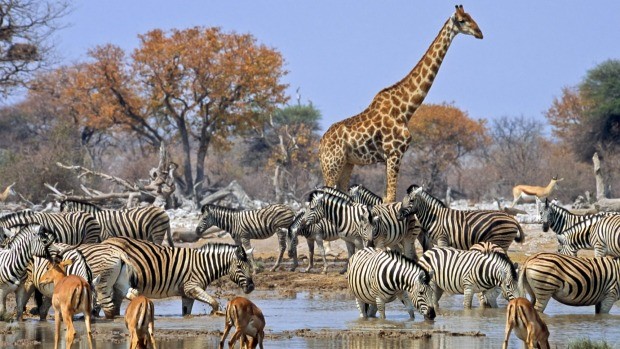Interview with H.E. Mr Bonny Haufiku, Ambassador of the Republic of Namibia to Finland
Economic outlook of Namibia today – and what are the prospects for the country?
Namibia’s economy is heavily based on natural resources. After strong growth between 2010 and 2016 Namibia’s economy and that of many other countries entered to a recession as a result of global financial and economic downturn. Namibia has also suffered from the prolonged drought and shortage of water which has severely affected agriculture and wildlife. Also the modernisation and reforms of the Southern African Customs Union (SACU) Customs Systems, Procedures, Processes, Policies and Legislation in the SACU Member States will result in advance on the technological capabilities and reduction of inefficiencies related to the burdensome requirements to move goods across the borders and to promote seamless movement of goods and services; efficient, transparent and predictable trading environment and payments of trade transactions.
Namibia and other SADC Member States are committed to enhance the ease of doing business in oil and gas exploration, construction, education, health, environment protection, agriculture, finance and investments.
Which kinds of business opportunities are there for Finnish companies in Namibia?
The mining sector has been the main driver of growth in the Namibian economy for many years. Finnish companies have been involved in the development of this sector by selling mining technology to Namibia. Finnish companies’ expertise, know-how and technology are needed in building environmentally sustainable houses. Development of manufacturing sector is also very important for the Namibian economy including processing of fruits, vegetables, fish and beef. Tourism potential has not been utilized to its full potential in Namibia which enjoys of 300 sunny days a year. Development of health sector is one of the top priorities in Namibia and offers business opportunities for Finnish companies. Namibia’s aim is to become a regional leader in logistics distribution in the region. A lot of attention is paid to logistics and supply chain industry. Building infrastructure and expanding services to create access to the sea routes, for example the expansion of the harbours, are in focus in Namibia. Fish is exported to Europe and good and rapid air connections are needed. Training and education in logistics sector will help Namibians to expand export and import to the world. Agriculture and agro-processing industry offer potential to increase value addition, create jobs and export opportunities. Fish and beef are important export products of Namibia. Namibia also wants to develop its energy sector (hydro, solar, wave, wind, gas, oil).
Please, also explain us which kinds of investment opportunities there are for Finnish companies in Namibia?
Political stability and sound economy have helped Namibia to gain investments. Namibia is a peaceful country which appreciates the rule of law. Namibia provides many opportunities for investors all over the world but as I said earlier, there are many opportunities in the following sectors: manufacturing, logistics and infrastructure, tourism, energy, agro-processing, housing and minerals. etc, The Finnish companies can choose to invest in the following sectors:
Mining and energy
Exploration, prospecting, mining and beneficiation
Oil and gas exploration
Hydro-power, wind, solar, biomass power generation
RE systems for self-supply (e.g. for commercial enterprises, industry, private households, agricultural enterprises, including water pumps, tourism sector, mining etc.)
RE mini grids for rural electrification (for REDs or municipalities)
RE-Plant > 1 MW bis < 5 MV (implementation via REFiT Program)
RE-large-scale plants > 5 MW (for Nampower through public tenders / competitive bidding)
Manufacturing and processing
Processing of fruits, vegetables, fish and beef
Automotive parts and components
Fertiliser and petrochemicals
Wood processing and furniture making
Pharmaceuticals
Assembling of electronic devices and components
Steel and glassware manufacturing
Production of textiles and garments
Manufacturing of leather products (footwear, clothing, upholstery etc.)
Transport and logistics
High demand for transport and logistics services (e.g. road, air and ocean freight solutions, project business, domestic forwarding and customs clearance)
Customized logistics solutions for sectors such as mining, agriculture, health care, oil and gas industries
Training and education in logistics sector
Upgrade and expand rail infrastructure
Customized logistics innovations for rural areas
Establishment of large logistics parks
Infrastructure
Infrastructure for retail, wholesale and trading sectors (e.g. shopping malls, supermarkets, business premises)
Mass Housing Programme
Port of Walvis Bay expansion
Walvis Bay SADC Gateway Port (north of Walvis Bay)
Expansion of airport capacity
Ship repair yards
Dry bulk terminals, car-loading terminals
Storage facilities, cold storage facilities
Industrial parks
Agriculture and agro-industry
Environmentally friendly irrigation techniques
Cultivation of fruits and vegetables
Meat, fish, fruits and vegetable processing
Expansion of the food industry
Processing of caracul wool, cattle leather and wild silk
Cooling rooms, maturation rooms, testing laboratories
Agricultural training centres
Tourism
Lodges, hotels, restaurants
If a Finnish company decides to invest in Namibia, what are the most important issues this enterprise must take into its consideration to succeed in the market?
Home work must be done well. Enterprises should visit Namibia and see which kinds of business and investment opportunities there are for them and analyse the market. Companies should have a real picture of the country, its business and investments opportunities and incentives which are for investors. Detailed business plan, sufficient cash flow and wide contact network will help to start business in Namibia.
Which kind of assistance and which kinds of benefits there are in Namibia for Finnish companies which would like to invest in Namibia?
Companies can get for example tax and training incentives, establishment and tax packages, transportation and export promotion allowances when investing in Namibia. Company machineries and equipment can be imported free over a period of time.
Namibia Investment Centre, ministries, embassies and chambers of commerce are there to help enterprises to start business in Namibia. In Namibia, there are many people who have studied in Finland and who know Finnish and Namibian business cultures and who are willing to help Finnish companies to start business in Namibia. The Embassy, The Ministry of Industrialisation and the Namibia Chamber of Commerce are ready to guide and assist the Finnish companies.
Namibia Investment Centre offers a variety of services to existing and potential investors, including the provision of information on incentives, investment opportunities and the country’s regulatory regime and policies. It is closely linked to key ministries and service bodies and can therefore help minimise bureaucratic obstacles to project implementation. NIC works closely with the Offshore Development Company (ODC), the flagship of Namibia’s tax-free export processing zone regime, to promote foreign direct investment in export-oriented manufacturing activities.
Namibia has many free trade agreements to increase trade and investments
Namibia is a member of the Southern African Customs Union (SACU). SACU ensures the free movement of goods among member states, Namibia, Botswana, Lesotho, Swaziland and South Africa. SACU has a free trade agreement with EFTA countries. SACU-USA Trade, Investment and Development Cooperation Agreement was concluded in 2008.
Namibia is a member of the Southern African Development Community (SADC). The Southern African Development Community (SADC) aspires to create an integrated regional economic bloc among member states Namibia, Angola, Botswana, the Democratic Republic of Congo, Lesotho, Malawi, Mauritius, Mozambique, South Africa, Swaziland, Tanzania, Zambia and Zimbabwe.
Namibia has signed the African Continental Free Trade Area Agreement (AfCFTA) which requires members to remove tariffs from 90 percent of goods to allow free access to commodities, goods and services across the continent.
Namibia, together with Angola, Botswana, Lesotho, Mozambique, Swaziland and South Africa, is negotiating to establish a Free Trade Agreement with the European Union (EU) called SADC-EPA.
Nambia has also many other free trade agreements to boost trade.
We know Namibia as a great holiday destination for Finns. Please, tell us more about the tourist attractions and holiday resorts in your country.
Namibia is a peaceful country of rich and diverse flora, fauna and friendly people. The Namibian tourism industry’s aim is to be economically, socially and environmentally sustainable while yielding benefits driven by national interests and at the same time protecting natural resources for future generations by ensuring conservation, quality standards, fiscal policies and equitable business environment.
Namibia has 14 (fourteen) regions and every region has its own scenery and culture. To the South, Sossusvlei and Fish River Canyon. To the North, Etosha and the Kaokoveld. Namibia Desert is the oldest desert on the globe. Tourist should not leave Namibia without strolling through the quaint cafe culture of Windhoek, visiting Namibia's summer capital Swakopmund or straying off the beaten path to Ludertiz.
Game parks and nature reserves constitute some 18% percent of the country's available surface area. Some, like the huge Etosha National Park, focus primarily on wildlife, while others like the Namib-Naukluft Park and Fish River Canyon are more landscape oriented. Kayaking through the Orange river, hiking within the Naukluft Mountains and Waterberg Plateau or in Africa’s largest canyon, the Fish River Canyon, desert knight mountain bike tour, boat cruises at Popa falls, game drivers and fishing offer tourist a lot to do during they visit Namibia. Please also notice that wilderness safaris, game walks and drives, horse/hiking trails, sand boarding, quad biking, skydiving and paragliding are there for tourists. Photographic safaris are also arranged. Namibia is one of the few beautiful, fantastic and peaceful countries to visit on this planet.
17.3.2019
Anne Hatanpää, Liaison Manager, Finland Chamber of Commerce


